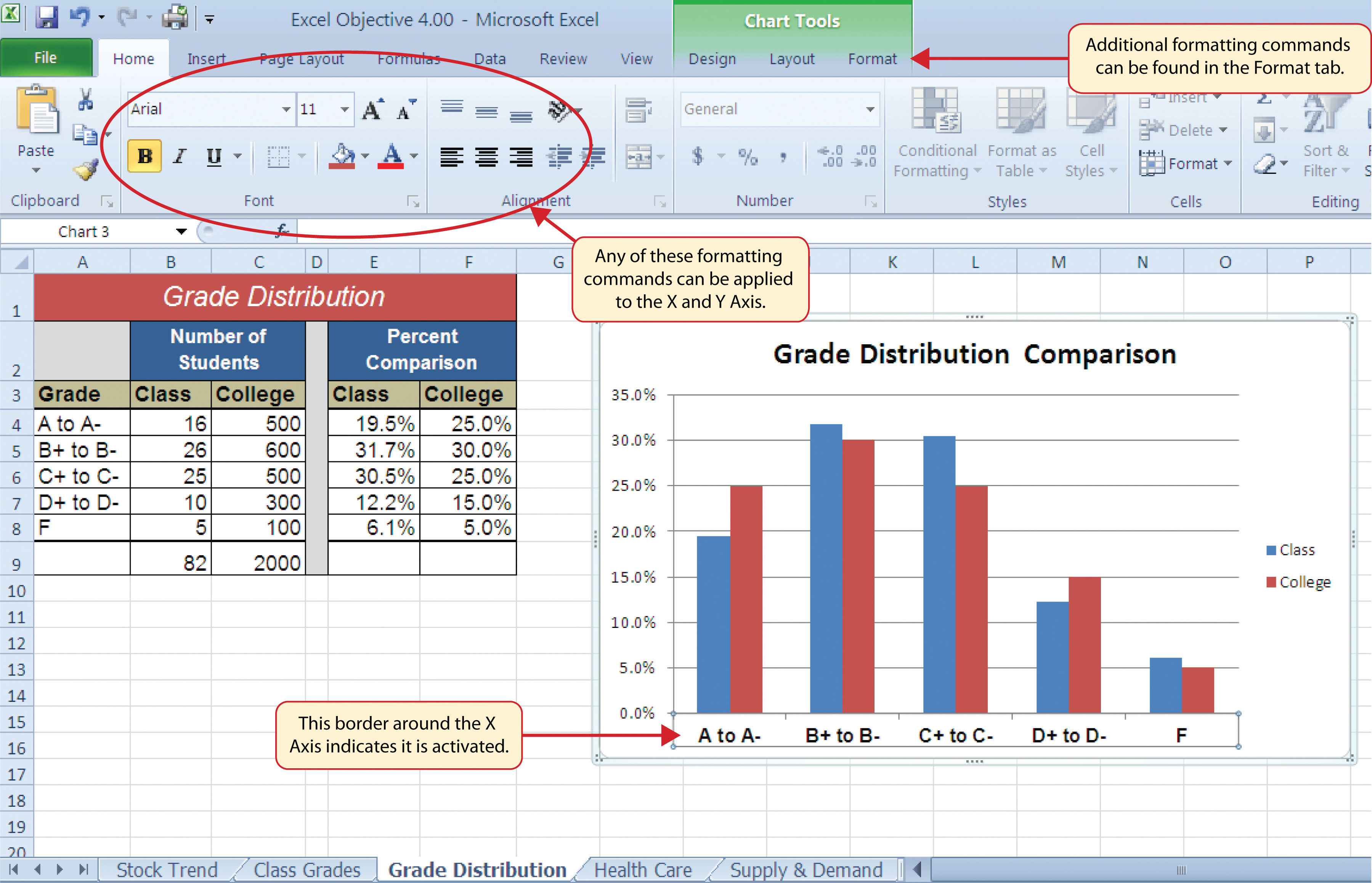How do i change the order of stacked bar charts in spotfire – When working with stacked bar charts in Spotfire, the order of the bars can significantly impact data analysis and storytelling. Learn how to customize the bar order for enhanced insights and effective communication.
This guide will delve into the default order of stacked bar charts, provide step-by-step instructions for manual reordering, and explore advanced techniques for complex bar chart order manipulation.
Changing Stacked Bar Chart Order in Spotfire

Stacked bar charts in Spotfire display data in a layered format, with each bar representing a different category or group. By default, the bars are ordered alphabetically based on the category names. However, you can manually change the order of the bars to better suit your analysis or presentation needs.
Manually Changing Bar Order
- Right-click on the chart and select “Edit Data” from the context menu.
- In the “Data” window, click on the “Sort” tab.
- Select the “Category” field from the “Sort by” drop-down list.
- Choose the desired sort order (ascending or descending) from the “Order” drop-down list.
- Click “OK” to apply the changes and close the “Data” window.
Using Expressions or Calculations
You can also use expressions or calculations to dynamically control the order of the bars. This is useful when you want to sort the bars based on a different criterion, such as a calculated value or a measure.
For example, the following expression would sort the bars in descending order of their “Sales” values:
Sort(Categories,Sales)
To apply the expression, follow these steps:
- Create a new calculated column in your dataset.
- Enter the expression in the “Formula” field.
- In the “Data” window, click on the “Sort” tab.
- Select the newly created calculated column from the “Sort by” drop-down list.
- Choose the desired sort order (ascending or descending) from the “Order” drop-down list.
- Click “OK” to apply the changes and close the “Data” window.
Customizing Bar Order for Specific Data Analysis
Changing the order of bars in a stacked bar chart allows for more focused and effective data analysis. By organizing the bars based on specific criteria, analysts can highlight important trends, patterns, and relationships within the data.
Organizing Bars Based on Value
Arranging bars in descending or ascending order of value enables quick identification of the most significant contributors to a given category. This is particularly useful when comparing multiple categories or subcategories, as it allows analysts to prioritize the most impactful factors.
Organizing Bars Based on Category
Grouping bars by category provides a clear visual representation of the distribution of data across different categories. This helps analysts understand the relative importance of each category and identify any outliers or patterns within the data.
Organizing Bars Based on Trend
Ordering bars based on trend allows analysts to visualize the evolution of data over time. By observing the changes in bar height or position, analysts can identify trends, seasonality, or other patterns that may not be apparent when the bars are ordered differently.
Advanced Techniques for Complex Bar Chart Order Manipulation: How Do I Change The Order Of Stacked Bar Charts In Spotfire
Beyond the basic methods, more advanced techniques offer greater control over bar chart order manipulation. These techniques are particularly useful for complex scenarios with multiple data dimensions and intricate ordering requirements.
When altering the order of stacked bar charts in Spotfire, it’s important to consider the data being presented. For instance, if the data relates to the expiration of Little Debbie snacks ( Do little debbies expire? ), arranging the bars in descending order of expiration dates would provide a clear visual representation of which snacks need to be consumed first.
This approach ensures that the most critical information is easily accessible, guiding decision-making.
One approach involves leveraging R or Python scripts to programmatically define the bar order. This method allows for highly customized ordering logic, including dynamic sorting based on data values or external criteria.
Custom Functions and Macros
Custom functions or macros can also be created to automate the bar ordering process. These functions can be written in Spotfire’s scripting language or other supported languages. They provide a convenient way to encapsulate complex ordering logic and apply it consistently across multiple charts.
Complex Scenarios, How do i change the order of stacked bar charts in spotfire
Advanced techniques are particularly valuable in scenarios where:
- The bar order must be dynamically determined based on data values or other external factors.
- Multiple data dimensions are involved, requiring complex sorting criteria.
- The data set is large and requires efficient ordering algorithms.
Epilogue

By mastering the techniques Artikeld in this guide, you’ll gain the ability to present data in a visually compelling and informative manner, empowering you to make informed decisions and convey insights effectively.
Question & Answer Hub
Can I reorder stacked bar charts dynamically based on data values?
Yes, you can use expressions or calculations to control the bar order based on specific data attributes.
How does changing the bar order affect data interpretation?
Reordering bars can highlight trends, patterns, and relationships that may not be immediately apparent in the default order.
Are there any limitations to reordering stacked bar charts?
While most bar charts can be reordered, there may be limitations when working with complex data sets or when using specific chart types.